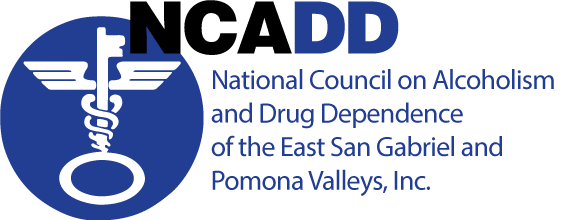NCADD ESGPV Blog
The Opioid Epidemic May Be Even Deadlier Than We Think
The opioid epidemic has led to the deadliest drug crisis in US history – even deadlier than the crack epidemic of the 1980s and 1990s. Drug overdoses now cause more deaths than gun violence and car crashes. They even caused more deaths in 2015 than HIV/AIDS did at the height of the epidemic in 1995.
A new study suggests that we may be underestimating the death toll of the opioid epidemic and current drug crisis. The study, conducted by researchers at the Centers for Disease Control and Prevention (CDC), looked at 1,676 deaths in Minnesota’s Unexplained Death surveillance system (UNEX) from 2006 – 2015. The system is meant to refer cases with no clear cause of death to further testing and analysis. In total, 59 of the UNEX deaths, or about 3.5 percent, were linked to opioids. But more than half of these opioid-linked deaths didn’t show up in Minnesota’s official total for opioid related deaths.
It is unclear how widespread of a problem this is in other death surveillance systems and other states, but the study’s findings suggest that the numbers we have so far for opioid deaths are at best a minimum.
Typically, deaths are marked by local coroners or medical examiners through a system; if the medical examiner marks a death as immediately caused by an opioid overdose, the death is eventually added to the US’s total for opioid overdose deaths. But there is no national standard for what counts as an opioid overdose, so it’s left to local medical officials to decide whether a death was caused by an overdose or not. This can get surprisingly tricky – particularly in cases involving multiple conditions or for cases in which someone’s death seemed to be immediately caused by one condition, but that condition had a separate underlying medical issue behind it.
For example, opioids are believed to increase the risk of pneumonia. But if a medical examiner sees that a person died of pneumonia, they might mark the death as caused by pneumonia, even if the opioids were the underlying cause for the death.
“In early spring, the Minnesota Department of Health was notified of an unexplained death: a middle-aged man who died suddenly at home. He was on long-term opioid therapy for some back pain, and his family was a little bit concerned that he was abusing his medication,” said Victoria Hall, one of the study’s authors. “After the autopsy, the medical examiner was quite concerned about pneumonia in this case, and that’s how the case was referred to the Minnesota Department of Health unexplained deaths program. Further testing diagnosed an influenza pneumonia, but also detected a toxic level of opioids in his system. However, on the death certificate, it only listed the pneumonia and made no mention of opioids.”
Since this is just one study of one surveillance system in one state, it’s unclear just how widespread this kind of underreporting is in the United States. But the data suggests that there is at least some undercounting going on – which is especially worrying, as this is already the deadliest drug overdose crisis in US history.
“It does seem like it is almost an iceburg of an epidemic,” said Hall. “We already know that it’s bad. And while my research can’t speak to what percent we’re underestimating, we know we are missing some cases.”
Source: Community Anti-Drug Coalitions of America (CADCA)
When you subscribe to the blog, we will send you an e-mail when there are new updates on the site so you wouldn't miss them.


Comments